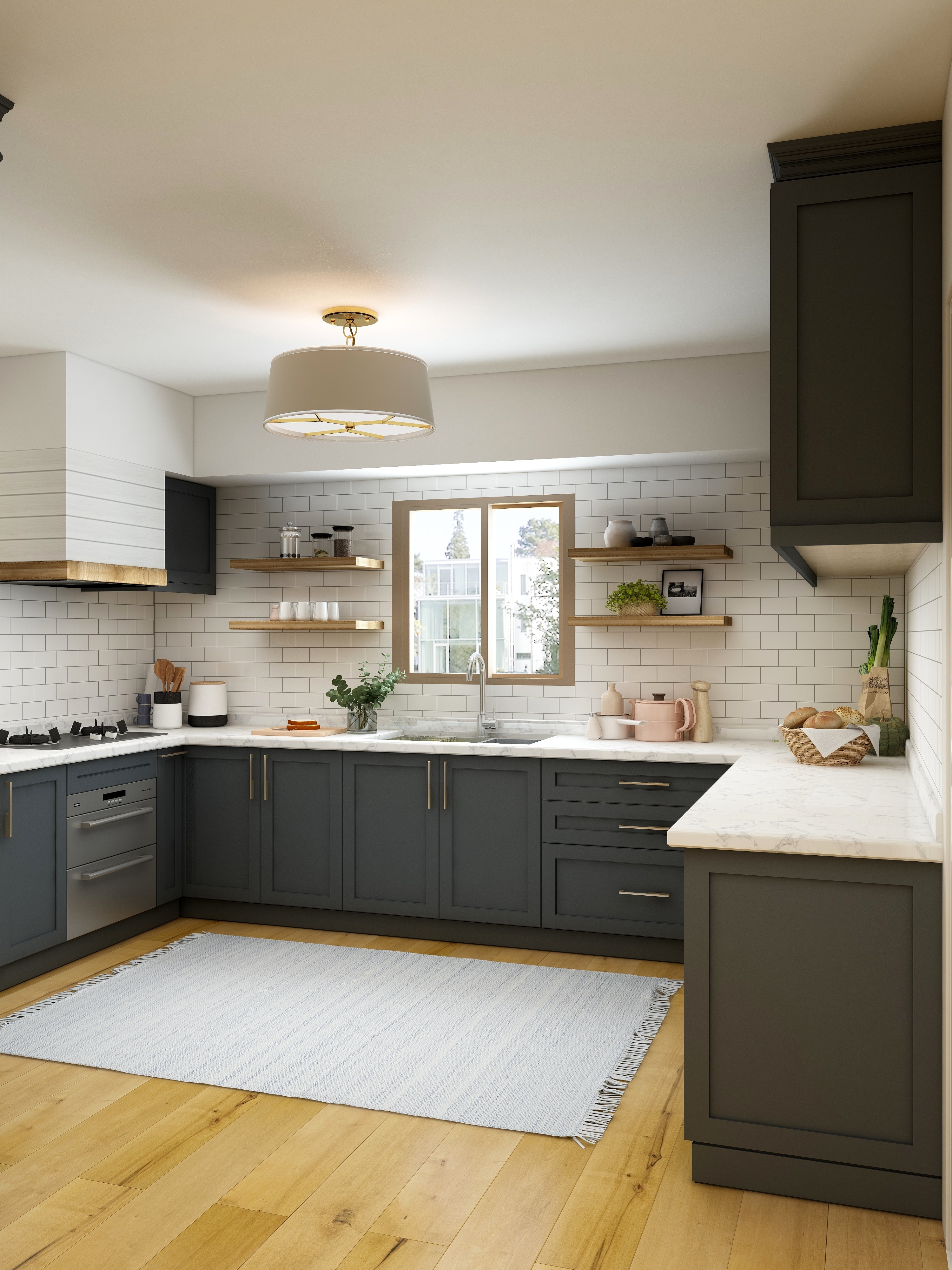If you are looking for a way to increase your rental income by making use of an existing property, converting it into a shared living space like a House of Multiple Occupancy (HMO) might just set you on a successful path. Shared accommodation has become a commonplace housing option for individuals and families, especially in urban city centers where real estate space is scarce.
However, renovating a house to accommodate multiple occupants is more complex than adding some beds and locks, and there are certain HMO building regulations that need to be followed. It requires careful planning and design considerations to ensure comfort, functionality, and compliance with regulations. Hence, we’ve curated some essential renovation tips to help you transform your property into shared accommodations that are both stylish and practical.
What are HMOs, and How Can You Upgrade Your Property to One?
An HMO is a property rented out to three or more tenants sharing facilities such as a kitchen and a bathroom but with their own bedrooms. HMOs are popular among young professionals, students and low-income earners looking for affordable and flexible housing options.
But before you start any renovation work, you need to check if you need an HMO license or planning permission from your local authority. Usually, planning permission is required if you are changing the use of your property from a single dwelling to an HMO or if you are making significant alterations to the structure or appearance of your property. You’ll require an HMO license if your property will house five or more tenants from two or more households or if it is located in an area designated as an HMO zone by your local authority.
Renovation Tips for Houses in Multiple Occupancy
Tip #1
Assess the Property’s Layout and Space Utilization:
Before embarking on any renovation project, thoroughly evaluate your property’s existing layout and space. Consider the number and size of rooms, the flow of the space, and any potential areas for expansion. Optimizing the existing layout to create individual living spaces while providing common areas for shared use is central to creating a comfortable living arrangement.
Tip #2
Create Private and Shared Spaces:
A successful HMO makeover strikes a balance between private living spaces and shared areas. Each occupant should have a designated bedroom with adequate storage and personal space. Additionally, incorporate shared living spaces such as a communal kitchen, dining area, and lounge where occupants can socialize and interact. Design these common spaces to be inviting, functional, and accommodating to various lifestyles and preferences.
Tip #3
Consider Privacy and Soundproofing:
Privacy is crucial in shared accommodations. Incorporate soundproofing measures between rooms to minimize noise transfer and create a peaceful environment for occupants. Utilize double-glazed windows, insulation, and acoustic panels to enhance privacy and reduce disturbances.
Tip #4
Provide Sufficient Storage:
Adequate storage is essential in shared accommodations to ensure a clutter-free environment. Include built-in wardrobes, shelving units, and storage solutions in each bedroom. Common areas can also benefit from additional storage options to keep communal spaces organized and free from personal belongings.
Tip #5
Prioritize Practicality and Durability:
Shared accommodations experience higher traffic and wear compared to single-family homes. When selecting materials, furnishings, and finishes, prioritize durability and ease of maintenance. Opt for hard-wearing flooring materials, robust furniture, and stain-resistant surfaces that can withstand the demands of multiple occupants.
Tip #6
Seek Professional Guidance:
Renovating a property into a house in multiple occupancy can be a complex undertaking. It is advisable to seek professional guidance from architects, interior designers, and contractors experienced in HMO renovations. They can help in navigating regulatory requirements and ensuring a practical transformation.
Conclusion
Renovating your existing property into an HMO can be a rewarding venture if you do it right. By following these tips, you can transform your property into one that meets the needs of multiple occupants while maintaining style, comfort, and practicality. All while enjoying a steady stream of rental income and increased property value.

